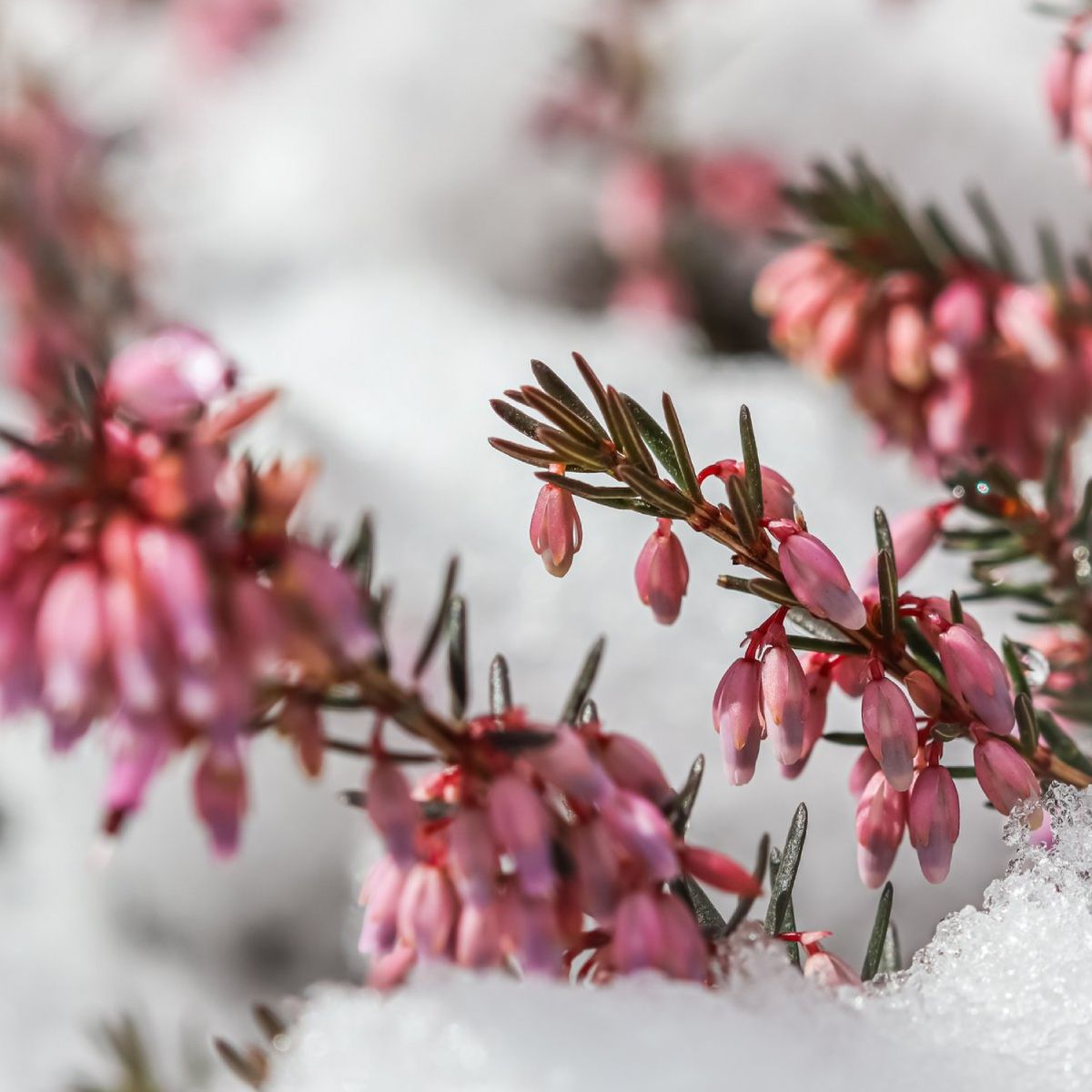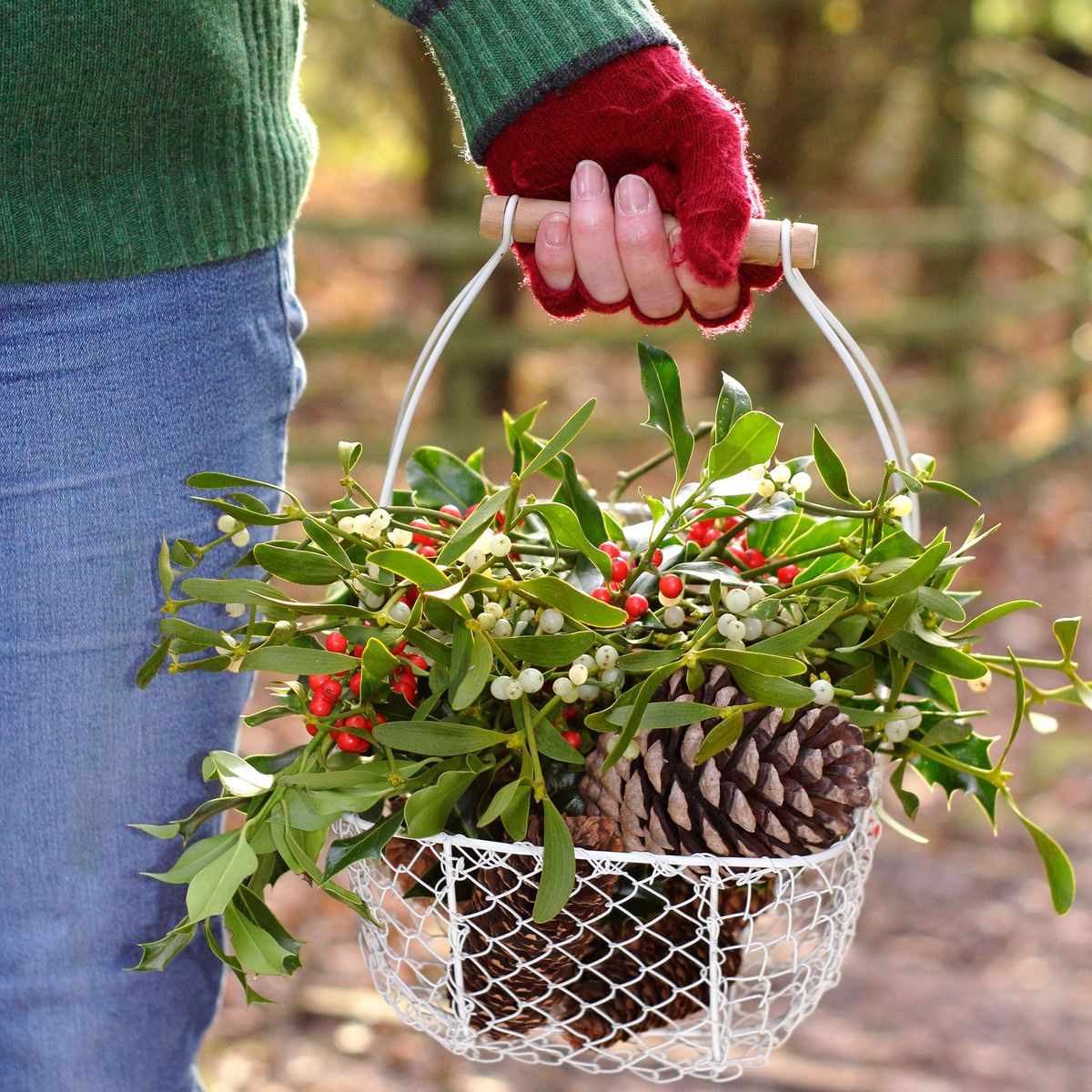
EVERY gardener knows that Sweet Alyssum, variety Little Gem, is among, if not the best, plant to use to outline beds or borders. In this month it needs a good shearing or cutting back at least half way, so that new growth is encouraged and the blooming season is prolonged until frost.
In August one begins to make new seedbeds and sow seed in order to have early blooming plants for the next year’s garden. Pansies, Snapdragons, the biennial Forget-me-nots, Bluets, Silene, and English Daisies may all be sown the latter part of this month or early in next, to bloom the following May.
Seed-gathering time is still at its best in the garden, though the work has lost its first novelty and charm. Commencing the latter part of May with the seed of the perennial Scabiosa, Sweet Williams, Gaillardias, and the seed of the Painted Daisies ready to begathered early in June, the gardener is kept quite busy throughout the season. One never regards this work as a task, because there is a fascination about it that few can resist.
Feverfew is usually at its best blooming period in this month from spring-sown seed. The flowers, while not at all showy or conspicuous, form clusters of miniature rosettes that are exceedingly useful as cut flowers and make a splendid addition to the flowerbeds. In order to do away with that long wait for the period of blossoms, try sowing seed in both Fall and Spring. The fall-sown seed will bloom by June and often last through part of July. The spring-sown seed will be in bloom by the time the older plants have finished; thus keeping a supply of those blossoms through the season.
Floral advice, like health hints, has frequent changes. What may be accepted as a rule to be followed one year without deviation, may become obsolete a few years later. But this only spells progress and growth and should be welcomed. Until recently the advice has always been toplant Freesias in August (provided one could procure them) or else the crop of blossoms would be a failure. Now, the earliest date for planting is September,with the pleasant assurance that they may be planted as late as November with reasonable expectation of success; the claim being made that when planted earlier than September that the bulbs will not have had sufficient rest and cannot make strong plants that produce large fine flowers. This, perhaps,explains those weak spindly plants with which all of us are acquainted. The November planting will, naturally, produce a crop of late blossoms.
August is the first month, after the earlySpring, in which it is safe to move the Oriental Poppy. The roots are dormantat this season and the transplanting is more likely to be successful than at any other season. This is the only point they seem to be at all fussy about, asthey live and grow in any kind of soil. These flowers add brilliant color to the garden and one has a choice of colors such as crimson scarlet, salmon-pink,orange-apricot, and also white. The old objection to these flowers was thattheir vivid coloring sometimes clashed with that of other plants in the garden.This objection can no longer be maintained.
August brings the planting time of the Madonna Lilies (L. Candidum). It is to be hoped that you have already sent in your order and have the bulbs ready to go in the ground. If you are a beginner in Lily growing, plant the old, reliable sorts at first; then, after you are at least on speaking terms with these you can branch out with the more exacting sorts. This month is a good time to begin with the Madonna Lily. Make the Lily bed in an open, fully exposed place. The Madonna prefers sandy soil, and the bulbs should be planted in nests or beds of sand, and seem to do better if placed slightly on one side.
The gardener has, by this time, found that among the garden plants he has some rapid spreaders, either by root-growth or seed broadcasting. These root-spreaders overrun the space allotted to them and encroach on their neighbor’s territory unless they are kept in check by pinching or weeding out. In these two classes are found Achillea, the Pearl,a rapid spreader; and Anchusa, Italica Dropmore, but this is easily kept in control by cutting the bloom stalks before the seed ripen; Linari or Toad Flax truly deserves its other name of Mother of Thousands, for, seemingly,when one plant is pulled up two plants appear in its place. Arabis or RockCress is another rapid spreader, and though small, makes a perfect mat; blue Eupatorium, often mistaken for Ageratum, spreads rapidly by root growth and with such luxuriant stem growth above ground that, when used as a border for the flower beds, it chokes and smothers all other plants in the bed. Strange to saythe white Eupatorium. does not have this fault. Ranunculus also belongs in this group; the spreading roots needing to be cut back to the space rightfully belonging to the plants; needs plenty of space. Sweet Rocket will sow itself broadcast if permitted, though the young plants can be moved in the Fall tomore appropriate quarters.












